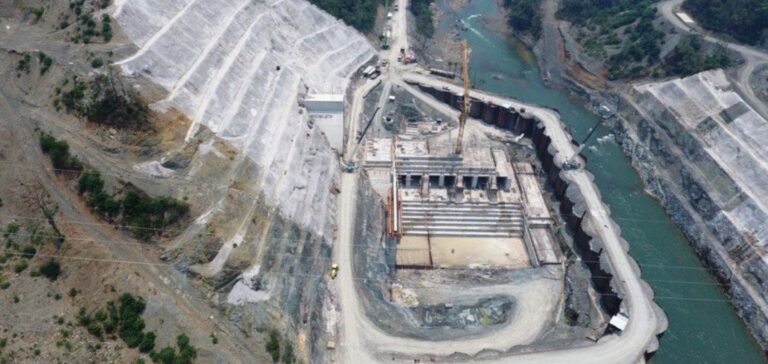The Oxec II hydroelectric dam is helping to revitalize Guatemala. This project will provide the region with 56 MW of hydroelectricity. Hooman Ghassemi, Hatch’s project manager for this hydroelectric dam, gives an overview of the project.
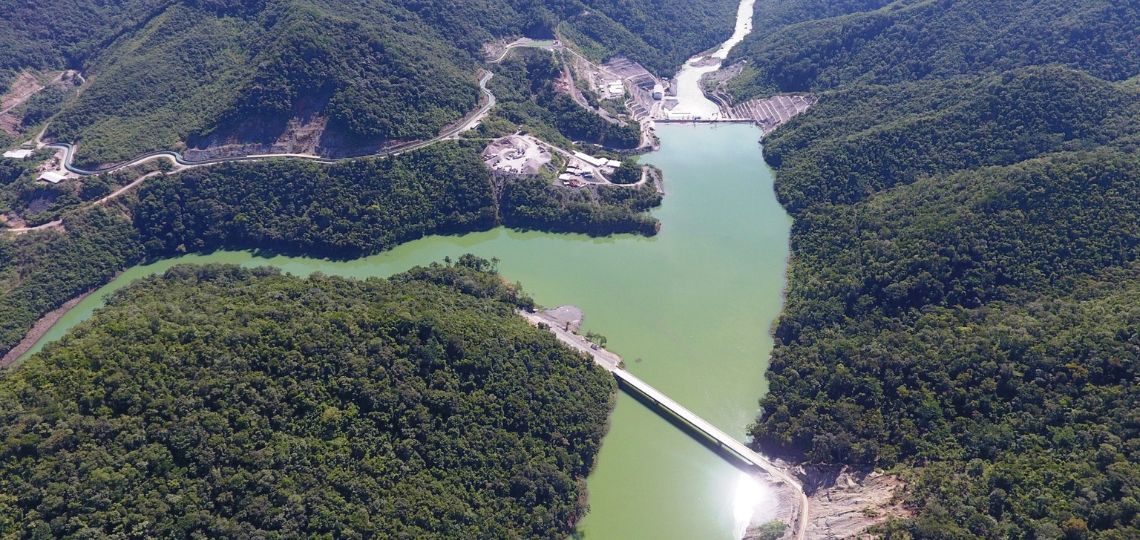
The Oxec II hydroelectric dam, the birth of an idea
Renewable energy in Guatemala
To meet its growing energy demand, Guatemala has set ambitious national targets for renewable energy production. Located in Central America and home to over 17 million people, Guatemala’s political and environmental landscape for new hydroelectric developments can be seen as quite a challenge; one that engineering company Hatch has welcomed with open arms.
A project on the drawing board since 2014
Indeed, what began as a discussion with stakeholders in 2014 would later become the official commitment of Hatch by Energy Resources Capital (ERC), the developer, and Solel Boneh Guatemala (SBG), the general contractor. Hatch will be responsible for the design and detailed engineering of the Oxec II hydroelectric dam. This project received the 2019 Award of Excellence from the Association of Consulting Engineering Companies of Canada (ACEC). This project is part of the country’s efforts to energize the nation with clean energy: hydropower.
hydroelectricity.
The figures speak for themselves for this hydroelectric dam
Successfully completed in less than three years, thanks in part to innovative design approaches, the Oxec II project is a relatively low-head power plant.
A tailor-made hydroelectric power plant
Oxec II comprises a concrete hydroelectric dam and spillway over 41 m high, with a total crest length of more than 200 m. Four bays, each equipped with a 12m x 17m radial door, make up the spillway. The plant has three S-type horizontal-axis Kaplan units with an installed capacity of 56 MW.
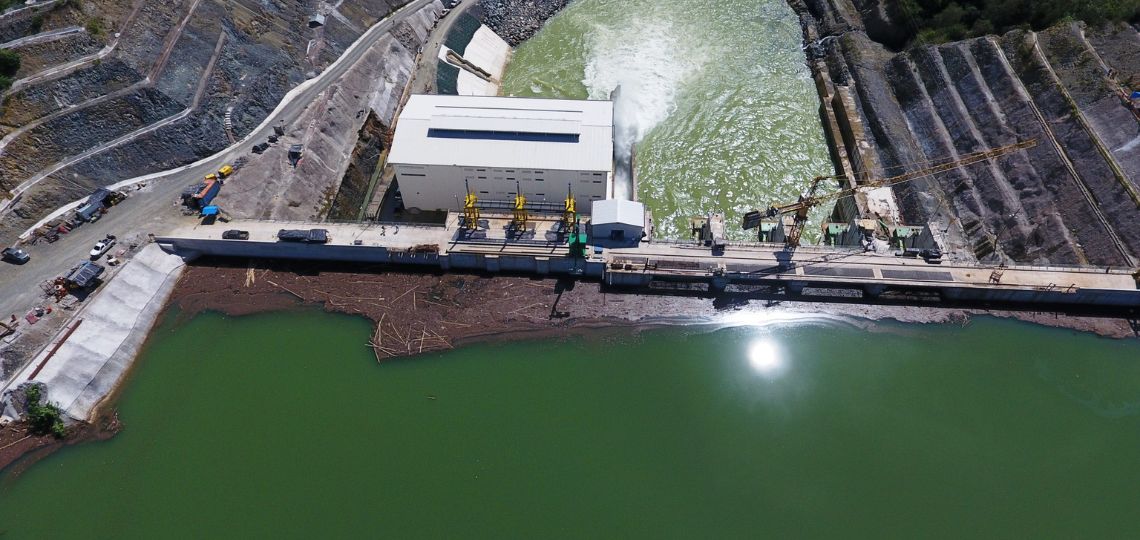
The ultimate hydroelectric dam design
The success of the Oxec II project was based on the constructability and economy of the design. In fact, innovation was crucial at every stage. To optimize the design, Hatch proposed a different layout. This would reduce construction costs while improving reliability.
A new cofferdam method
This new approach included revision of the diversion plan, weir design, optimization of intake blocks and general construction methodology. For this reason, a two-stage diversion using cellular cofferdams was proposed for the temporary detour of the river. This is the original three-stage bypass method using embankment cofferdams described in the basic design. The cofferdam – with 29 cells, almost 300m long, and made up of 2,000 tonnes of steel and over 50,000m3 of fill – was built in less than four months.
A problem-solving approach
Ultimately, Hatch’s approach addressed most of the concerns caused by the limited footprint available for temporary structures. In addition, the proposed solutions offer improvements to the construction schedule, safety and reliability of temporary diversion structures. Next, the fill material was processed for removal, limiting the maximum aggregate size to a certain size. The result was considered a remarkable environmental achievement, both for the project and for the region.
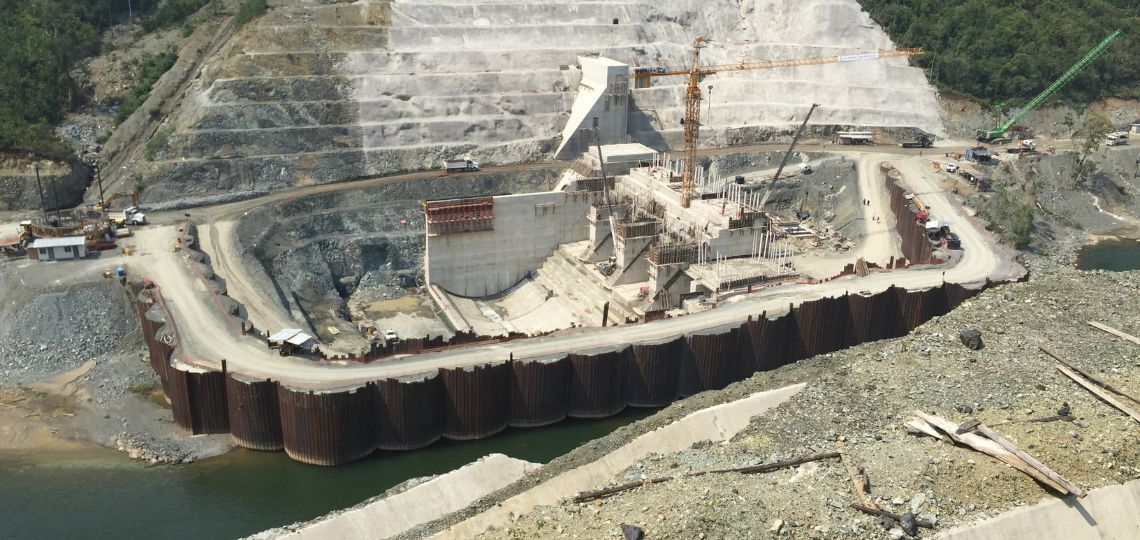
The first cofferdam of its kind for this hydroelectric dam
The cellular cofferdam, a first in Guatemala, demonstrated a high level of reliability and safety during its installation and service life. It offered a high level of control over sediment release by providing an enclosed space isolated from the main river current.
High-quality cofferdam design for powering hydropower turbines
Hatch’s cellular cofferdam design was recognized by the Consulting Engineers of Ontario (CEO) in 2017 with an Award of Merit in the Industry, Energy and Resources category. Then came the design of the weir. The basic design included a stilling basin for energy dissipation, which was rather shallow and long. This basin had a potentially damaging impact on the Oxec I power plant located immediately downstream of the Oxec II site.
How Hatch overcame the problem
To overcome this problem, Hatch proposed a submerged roller bucket weir for energy dissipation. This was a complex process requiring 3D finite element analysis. In this way, Hatch could better determine the structural behavior of the weir under load. Finally, additional hydrotechnical studies were carried out to determine the permissible depth for the roller bucket. The hydraulic performance of the weir under the maximum design flood was also verified using a sophisticated CFD model. It took into account the three-dimensional characteristics of the river bed and banks.
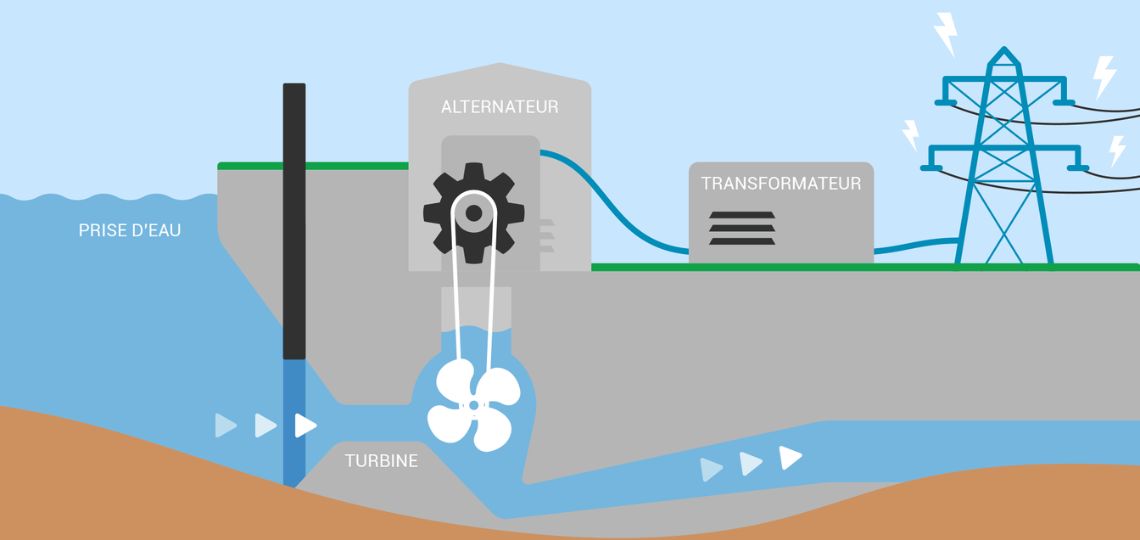
A hydroelectric dam to tackle climate change
Faced with numerous climate-related obstacles, including unstable ground, frequent flash floods and high seismicity, the Oxec II project was put to the test on all fronts.
Limiting the risk of flooding
The additional risks associated with large-scale flooding and working in water were mitigated by the cellular cofferdam for river diversion. The Hatch team provided several design details to improve the constructability of the permanent structures, such as the use of 12 m wide by 17 m high radial doors.
A critical component of the hydroelectric dam
The hydrostatic load applied to the door trunnion under normal operating conditions is equal to the thrust of a Falcon 9 rocket at lift-off. This makes the trunnion anchorage one of the most critical elements of the structure. Hatch adopted a design consisting of post-tensioned anchor groups, which provide the necessary anchorage in the body of the hydroelectric dam rather than in the spillway pillars.
Diversion system for this hydroelectric dam
Part of the detour system proposed by Hatch consisted of very large conduits left in the main body of the weir using concrete stop logs, which were to be closed at the last stage of construction.
Planning the closure of branch lines
Closure planning had to take into account the weight of the submerged stop logs, the drag forces on the stop logs, the crane’s ability to place the last logs under fast-flowing conditions, and the frictional resistance of the logs against the guides. To achieve this, the team carried out detailed calculations and optimized the shape and aspect ratio of the concrete stop logs. These calculations enabled us to carry out a closure operation without incident.
A successful project
In the end, the Oxec II project was completed on time and on budget. Optimizing the design of the weir structure and replacing the stilling basin with a submerged roller bucket saved around 40% of the weir’s concrete volume. Optimization of the intake block has resulted in significant savings, thanks to the reduction in materials and simplification of the construction method.
What’s next for Guatemala?
The real story is that the Oxec II plant will provide Guatemala with 56 MW of hydroelectricity for the duration of its operation, while offering some protection against flooding during the rainy season.
Hydropower in Guatemala: how is this hydroelectric dam preparing for the future?
It will also pave the way for future projects in the area, with plans already underway to adapt a cofferdam-like design to future developments. Oxec II also paves the way for local operations and maintenance work in the years to come. Guatemala is ready for more hydroelectric dams. Many features of the Oxec II project are unique to this region and have already served as the basis for future projects.


